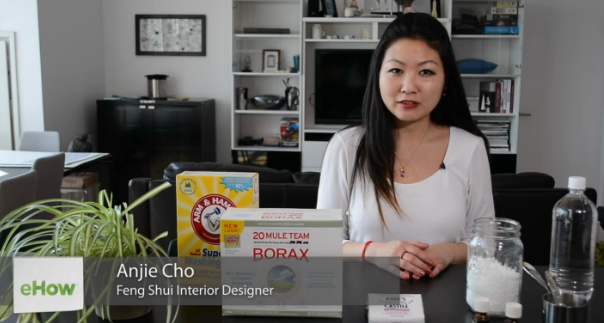Lately, my favorite method of space clearing has been smudging with palo santo. While we traditionally use orange essential oil in feng shui for space clearing, I love the smell of palo santo. It is especially useful on an everyday basis to refresh your home if you've had guests.
While white sage is the most commonly used substance for smudging, or clearing a room of negative energy, there are also a significant number of people who choose to instead use palo santo wood, or “holy wood/stick.” Palo santo is derived from specific trees found in the South American rainforests of Galapagos Islands, Ecuador and Peru and has been used for most of known history for a variety of healing including medicines, native ceremonies and, especially in Incan culture, spiritual clearing of a space, crowd or person. In addition to its ancient uses as a purifying agent, palo santo wood also harbors a better smell than sage and can be used in place of it as a matter of preference or to avoid allergies.
For the most part, using palo santo wood for space clearing follows the exact same steps as using sage. As with sage, the wood should be ignited then gently blown down to an ember to allow for spreading smoke around the room. Guidance of smoke to different areas of the room including corners, inside closets and in each direction of the compass is important. Also, be sure to allow the wood to produce enough smoke to fill the air. Though palo santo wood and sage are the same in regards to meaning behind smudges and ability of use in this situation, there are some perks to palo santo wood that sage does not share.
It is important to ensure you have a fire-proof container for resting the palo santo as well as extinguishing the flame once your smudging practice is complete. Many cultures who use palo santo or sage for smudging choose to use an abalone shell, which symbolizes the presence of water, thereby balancing the remaining elements of air, fire and earth. By the same element system, however, other cultures feel that involving the water element in this practice cancels out the effectiveness of the element of fire. As this is not an original feng shui practice, either is acceptable for your practice. Just be sure that whatever tool you use is not flammable and will withstand the heat of burning palo santo and ashes.
The most obvious difference between palo santo wood and sage is the smell. Many people find the smell of sage less than pleasant, but palo santo provides an aromatic, often desirable smell. In addition, the smoke produced from burning palo santo can actually be used to ward off mosquitos and other insects (aren’t they really the source of negative energy anyway?!). Perhaps one of the most useful differences between sage and palo santo is the fact that palo santo wood can be snuffed and relit, whereas, once sage begins to burn, it will often continue to burn completely. Regardless of what substance you choose, both sage and palo santo are time-tested and ancient tools for clearing space and releasing negative energy.






